Things look a little different around here, don’t they?
As much as I loved the seasonal themes I’ve been rotating through the past few years, I felt like the lack of cohesion was getting distracting. There’s so much visual media on this blog that it was almost as if the themes and the actual content were competing with each other. Also, as I continue to expand my social media presence between Facebook, Twitter, Instagram, and now Patreon, it was taking more and more time and effort to update the seasonal theme across them all.
So I decided to create a more streamlined, straightforward, and sleek theme that will stay up year-round for now. This will save me a lot of time and allow me to focus on nothing but content from here on in. The basic layout and content are the same, it’s just the visual aspect of things that has changed. Well, that and my beloved koi pond, which wasn’t displaying properly. I’ll probably figure out what went wrong eventually, but it’s not a huge priority for me at the moment.
Originally, I’d been planning to switch over on January first to start the year with a bang, but with the holidays coming up I wanted to get it done while I still had some free time. Also, I typically change the theme on the Sunday closest to the season change date but it seemed quite silly to keep waiting and then put up the winter theme only to change it again in a week and a half. So now it’s all done, across all platforms, and I can go back to focusing on the fun side of things.

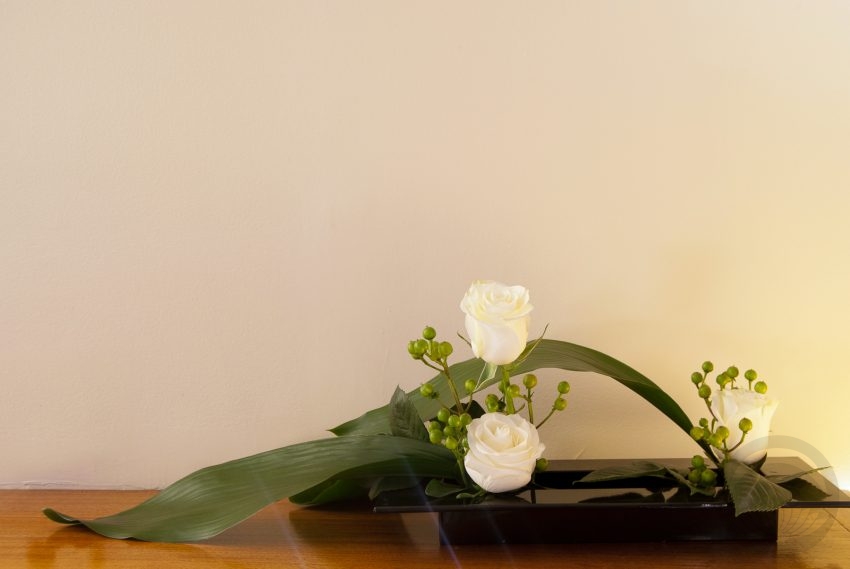
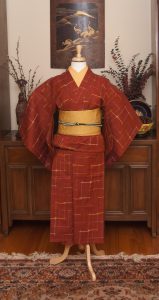
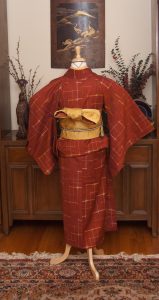
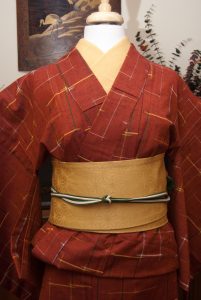
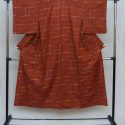
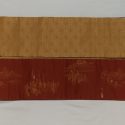

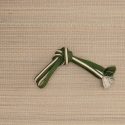
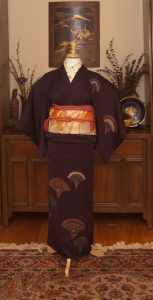
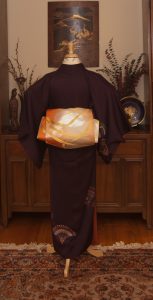
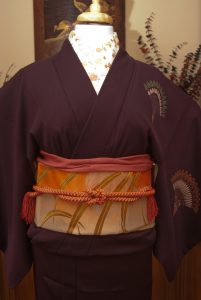
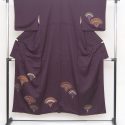


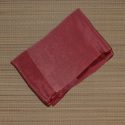
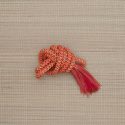












 Bebe Taian
Bebe Taian CHOKO Blog
CHOKO Blog Gion Kobu
Gion Kobu